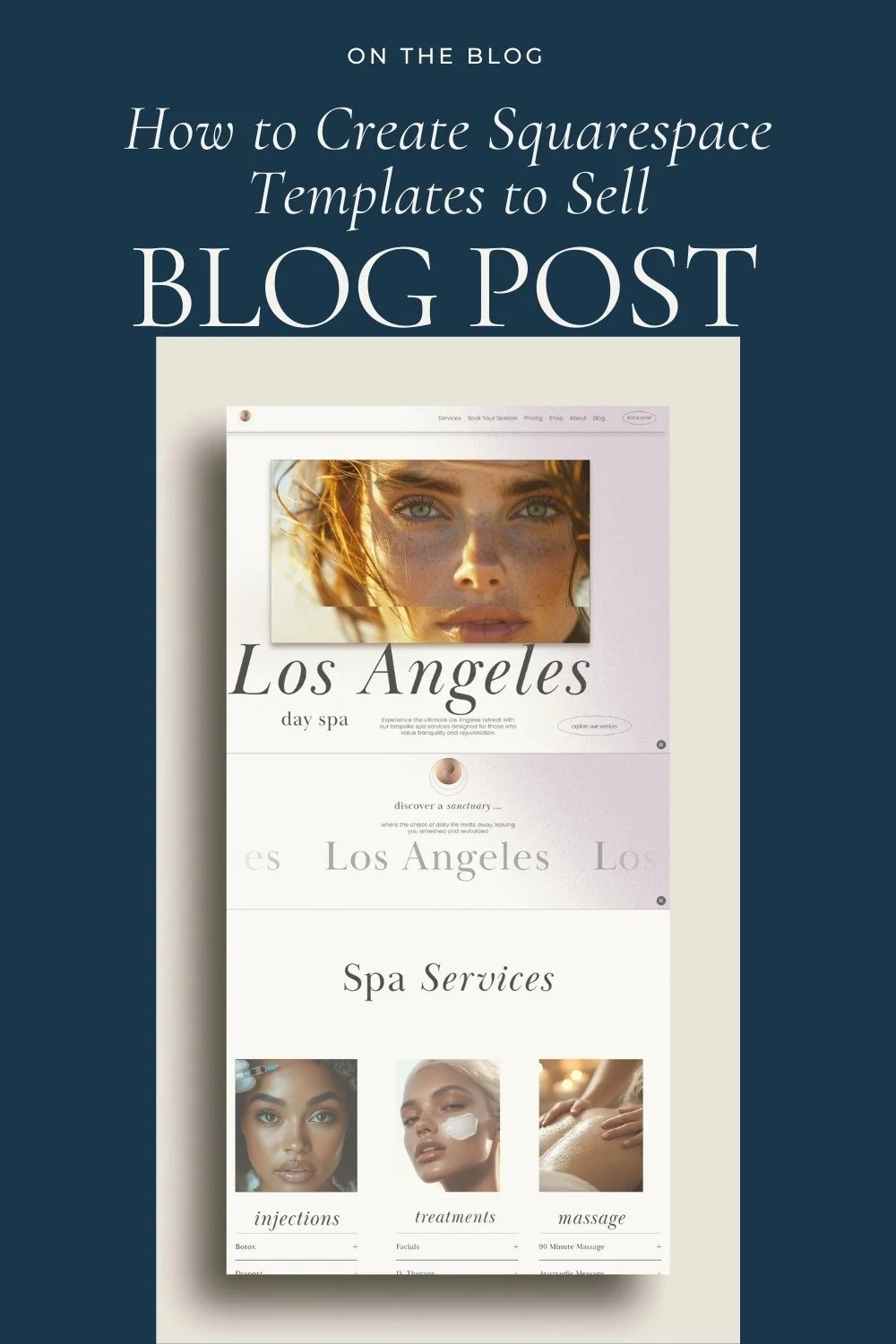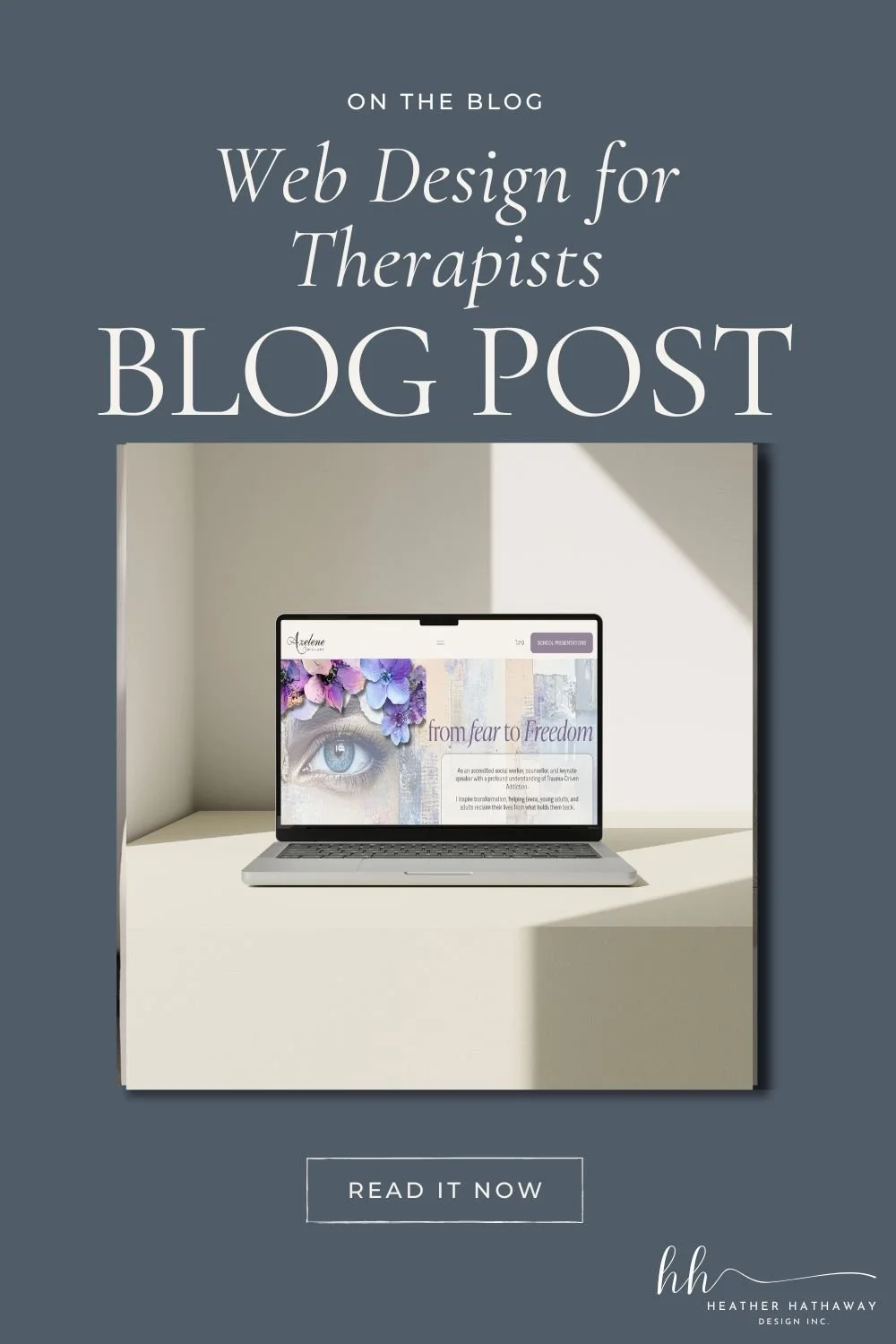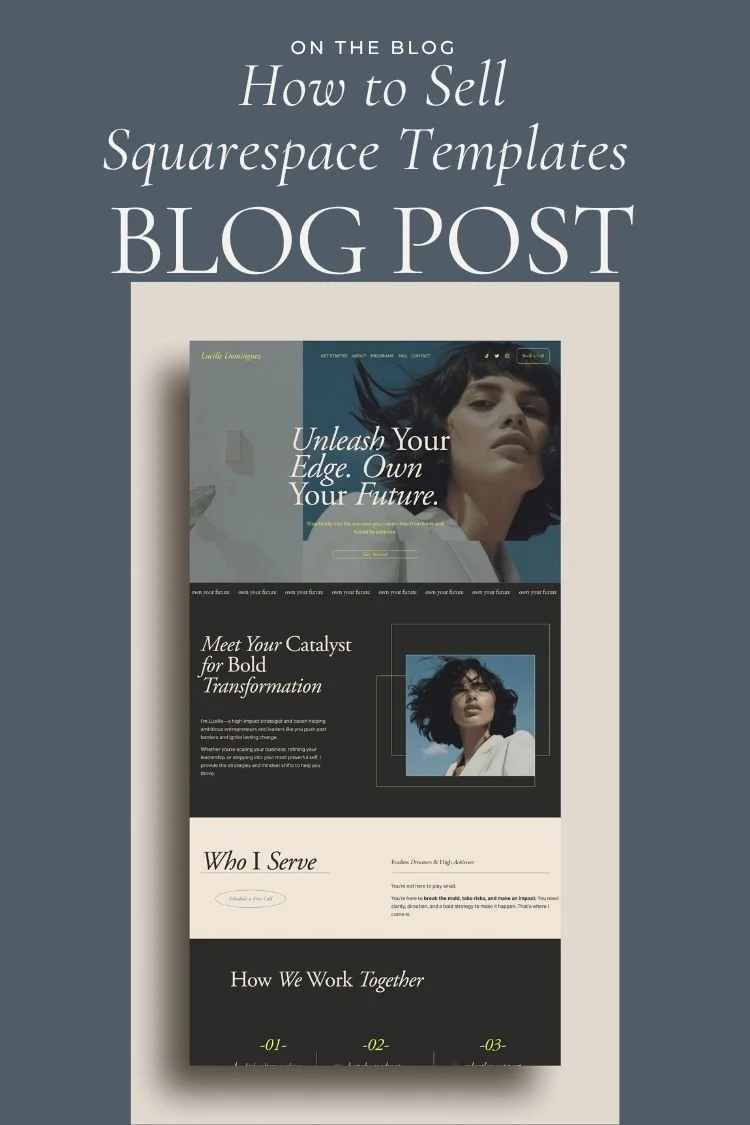The Future of AI and Web Design: How Designers Can Stay Ahead of the Curve
The landscape of web design is changing—and fast. With artificial intelligence becoming more sophisticated by the day, many designers are asking the question that no one wants to say out loud.
Will AI replace me?
It’s a valid concern. But the better question—the one that unlocks opportunity rather than anxiety—is this:
How can I integrate AI into my workflow to stay relevant, strategic, and creatively ahead?
As a web designer, staying at the forefront of innovation has always been part of the job. AI isn’t the end of artistry—it’s an invitation to evolve. Below, I’ll share how designers can not only survive the AI revolution but thrive in it—using tools like ChatGPT, MidJourney, Ideogram, and custom GPTs to elevate what we do, not replace it.
AI and Web Design: What’s Changing—and What Isn’t
AI is reshaping what’s possible in web design: content generation, image creation, branding assets, workflows, and user experience are now enhanced by intelligent tools. But what hasn’t changed is what makes great design truly impactful—intuition, taste, storytelling, and strategy.
That’s where you come in. The human layer of brand vision, empathy, and creative direction is still irreplaceable. Your role may shift—but it becomes even more essential.
How to Stay Ahead: AI Tools Web Designers Should Be Using
1. Use MidJourney to Create Brand-Defining Visuals
Instead of relying solely on generic stock photos, use MidJourney to create highly customized, emotionally resonant imagery for your client’s brand. You can tailor aesthetics down to the smallest detail—lighting, mood, texture, color palette—matching the exact tone you envision.
This not only saves time but also allows you to deliver images that feel original and high-concept, elevating the overall brand experience beyond what typical asset libraries offer.
Use case:
Moodboards, homepage hero images, about page backgrounds, custom icons, and conceptual visuals.
2. Design Logos with Ideogram
Ideogram is one of the most promising AI tools for generating logos with real typographic and symbolic depth. While it doesn’t replace thoughtful logo design, it can jumpstart ideas, offer unexpected combinations, and serve as a rough draft generator.
You still bring the refinement, but Ideogram reduces the time spent stuck in iteration.
Use case:
Preliminary logo concepts, custom typography, branding elements for lower-budget projects.
3. Streamline Client Workflows with ChatGPT
Writing from scratch? Starting proposals, SEO copy, headlines, or onboarding docs? AI can take your messy drafts and shape them into something sharp and strategic.
Using ChatGPT for copywriting support doesn’t mean you're handing over the voice of the brand—it means you're speeding up the path to clarity.
Use case:
Sales page copy, section headers, blog outlines, UX microcopy, email sequences.
4. Create Your Own Custom GPTs for Repetitive Tasks
Rather than using generic tools, create custom GPTs trained in your unique process. For example, you can build a GPT that rewrites placeholder copy for Squarespace templates based on client industry and tone, or one that audits a website’s UX flow.
This gives you leverage as a designer and creates repeatable systems you can use with every client or team member.
Use case:
Template customization, brand tone translation, web audit checklists, onboarding guidance.
AI Doesn’t Replace Designers—It Amplifies the Best Ones
The fear around AI is understandable. But the truth is, AI tools don’t replace creative intelligence—they multiply it.
The designers who will thrive in this new era are those who:
Learn how to art direct AI, not compete with it
Use AI to reduce grunt work and focus more on vision and strategy
Deliver a more refined, high-level client experience with the same (or less) time investment
Yes, basic tasks will become automated. But clients aren’t just hiring you for tasks. They’re hiring you for transformation—your ability to translate their essence into digital form, to make their business feel seen. That can’t be outsourced to a machine.
What About DIY AI Website Builders? Will Clients Still Need Designers?
Let’s address the elephant in the room.
AI website builders like Wix ADI, Framer AI, and Bookmark now promise to “build a complete website in minutes” after asking a few basic questions. You type in your industry, describe your business, and voilà—homepage, about page, services, and contact form, all pre-filled and styled.
For business owners on a budget or just starting out, this can seem like a dream. And for designers, it might feel like a warning sign.
If a client can generate a site that looks decent and functions well... why would they still hire you?
Let’s break it down.
The Pros of AI Website Builders (Why Some Clients Will Use Them)
Speed: They’re fast. A semi-custom site can be built in under an hour.
Low cost: There’s no high-end fee, and hosting is usually bundled in.
Convenience: Everything is in one place—no need for a separate designer, copywriter, or strategist.
Decent enough design: Templates today are more refined than ever. Add AI-generated copy, and you’ve got a site that appears complete.
And all of that is true. For someone who just needs a placeholder site or is validating an idea? Great.
But here’s where the pendulum swings back to human designers—and where your unique value becomes more important than ever.
Why AI Builders Can’t Replace Custom Web Design
1. They Lack Strategy
AI builders can’t interview your client’s audience, identify conversion goals, or weave a brand story into the layout. They don’t build with intention—they build with code. Strategic positioning, lead generation funnels, and user psychology? That’s human work.
2. Branding Still Requires Human Nuance
While an AI tool can generate a site that “looks nice,” it can’t design for emotion. It doesn’t understand tone, energy, or that subtle balance between minimalism and warmth that makes someone say, “This feels like me.” AI can't sense the vibe—and your clients crave that clarity and cohesion.
3. Most Clients Don’t Want to Do It Alone
Even with the most intuitive builder, DIY’ing a website still requires time, tech navigation, and decision fatigue. Most business owners don’t want a glorified template—they want someone to guide them, understand their vision, and make it happen with clarity and expertise.
4. Cookie-Cutter Doesn’t Convert
Generic layouts without storytelling or emotional impact tend to fall flat. Conversion isn’t about having a website—it’s about the right website. Your role isn’t just to design—it’s to elevate and refine.
The Human Touch Is Your Advantage
When clients hire you, they’re not just buying pages. They’re buying:
Partnership
Vision
Emotional intelligence
Strategic refinement
Customization that aligns with them
AI can generate content, layouts, and even visual elements—but it can’t see people. It can’t sit with a client’s hesitation, or draw out the magic hiding behind their “I don’t know how to explain it but...” moments. It doesn’t get the chills when a brand finally clicks.
That’s your job. That’s what won’t be replaced.
Reframing the Role of Designers in the AI Era
As AI continues to evolve, the role of the designer will too. But that doesn’t mean you disappear—it means you rise into new value:
You become the Creative Director, not the implementer
You shift from task-doer to strategic advisor
You use AI as a tool to deliver more, better, faster
You position your service not just as web design but as brand transformation
Designers who embrace this shift early will be the ones building agencies, licensing products, selling templates, and becoming the go-to name in their niche.
Final Thought: Let AI Do the Mechanical Work—You Do the Meaningful Work
The future isn’t designer vs. AI
It’s designer with AI—and those who learn how to leverage it without losing their human edge will be the ones leading the industry forward.
You’re not here to compete with machines. You’re here to do what machines can’t.
Your creative intelligence, your intuitive understanding of brand psychology, your ability to hold someone’s vision when they can’t yet see it—those things are irreplaceable.
AI can help build websites.
But you build brands.
Ready to Go Deeper with AI and Web Design?
If you’re inspired to lean in—but not quite sure how to use these tools the smart way—don’t worry. That’s exactly where guidance comes in.
There’s a massive opportunity right now for web designers, brand strategists, and creatives to carve out a niche as AI-savvy service providers. Whether you want to:
Offer AI consulting for small businesses
Build smarter client workflows
Create scalable digital products with AI
Position yourself as the go-to expert in your niche
...you’ll need more than just surface-level tutorials.
That’s why I recommend joining the AI Builders Membership. It’s one of the most practical, in-depth communities teaching you not just how to use AI—but how to build a business with it. From custom GPTs to client deliverables to building your positioning as an AI strategist, it’s a powerful place to start.
I’m an affiliate because I truly believe in the depth of the training—and because designers like us need to be at the forefront of this evolution.
Want to Learn Alongside Me?
Inside my White Label Website Insiders membership, we talk about this all the time. From using MidJourney for template imagery to integrating AI into our client workflows, to marketing your digital products with ChatGPT—we’re not just designing, we’re evolving.
If you want to:
Stay ahead of the curve with new AI workflows
Learn how to use these tools to grow your offers
Collaborate with other designers building AI-optimized businesses
Access high-end templates and training to save you time
...then I’d love to welcome you in.
Click here to join us inside White Label Website Insiders and get access to trainings, templates, and an AI-forward community that gets what you’re building.
Because this isn’t about fighting change—it’s about leading it.
Need Help?
Book a free discovery Call to chat about your website dreams!
What This Means for Your Business
Designers who embrace AI now will set the standard. Those who resist may find themselves doing manual work in an increasingly automated market.
To stay competitive:
Productize your creativity using tools that allow you to deliver more, faster
Offer high-touch strategy on top of automated deliverables
Use AI to create assets that feel custom without spending custom time
Invest in your own systems (like creating reusable templates + brand kits)
AI is a power tool. It’s up to you how you use it.
Web design isn’t dying—it’s transforming. And the designers who are willing to evolve with it are going to become more valuable, not less.
This is the moment to lean into your artistry, not shrink away from tech. Use it as your co-pilot. Stay curious. And keep creating work that no machine ever could—because it’s infused with your vision, your choices, your human insight.
AI is not the competition. It’s the collaboration.













